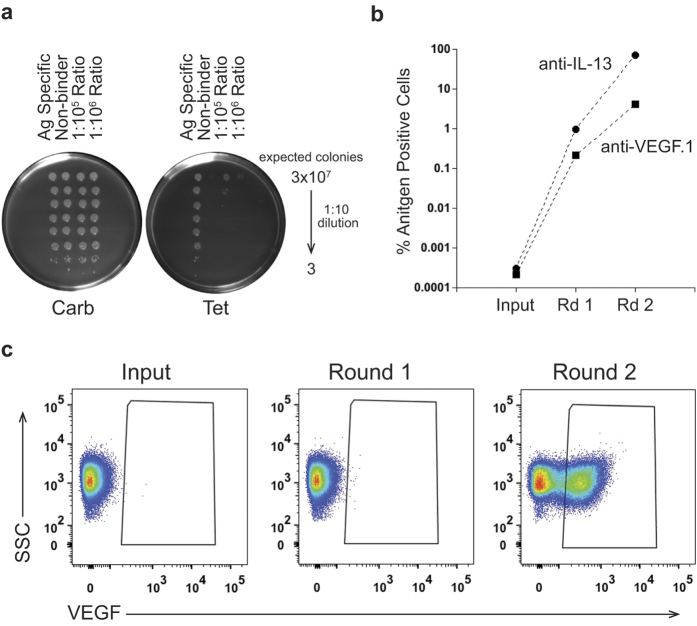Figure 2. BAD can rapidly enrich rare binding antibodies from a pool of non-binders.
(A) Bacteria carrying a plasmid encoding an anti-IL-13 antibody (carbenicillin (Carb) and tetracycline (Tet) resistant) were spiked 1:105 or 1:106 into bacteria transformed with a plasmid coding for an anti-VEGF.1 antibody (carbenicillin resistant). The existence of rare anti-IL-13 expressing bacteria was visualized by plating serial dilutions onto carbenicillin (total bacterial count) and tetracycline (bacteria carrying anti-IL-13 plasmid only) containing plates, confirming the expected ratios. (B) Spiked cultures were BAD sorted with Alexa647-labeled antigen. Sort input and outputs were plated on both a carbenicillin and a tetracycline plate, as in (A) to determine the ratio of antigen positive cells in the population. Rapid enrichment is seen of cells displaying an anti-IL-13 (circle) or anti-VEGF-antibody (square) spiked into a pool of cells displaying non-binding antibodies at a ratio of 1:106 over two rounds (Rd) of BAD sorting. (C) Flow cytometric analysis of the anti-VEGF spiking experiment in Fig. 2B. A significant portion of the population binds to VEGF antigen after two rounds of FACS.

